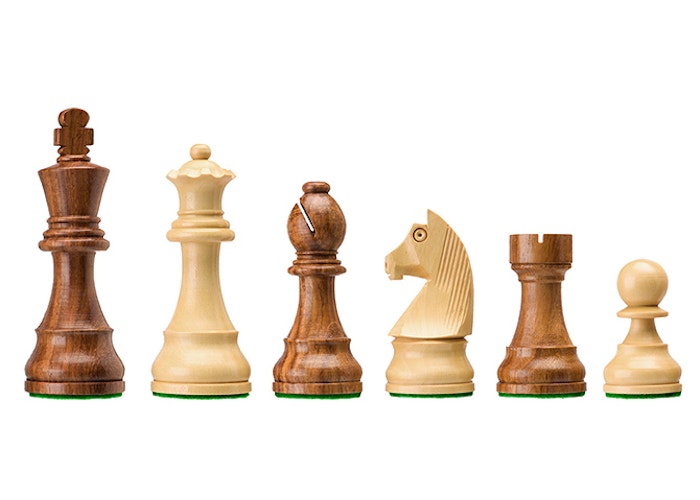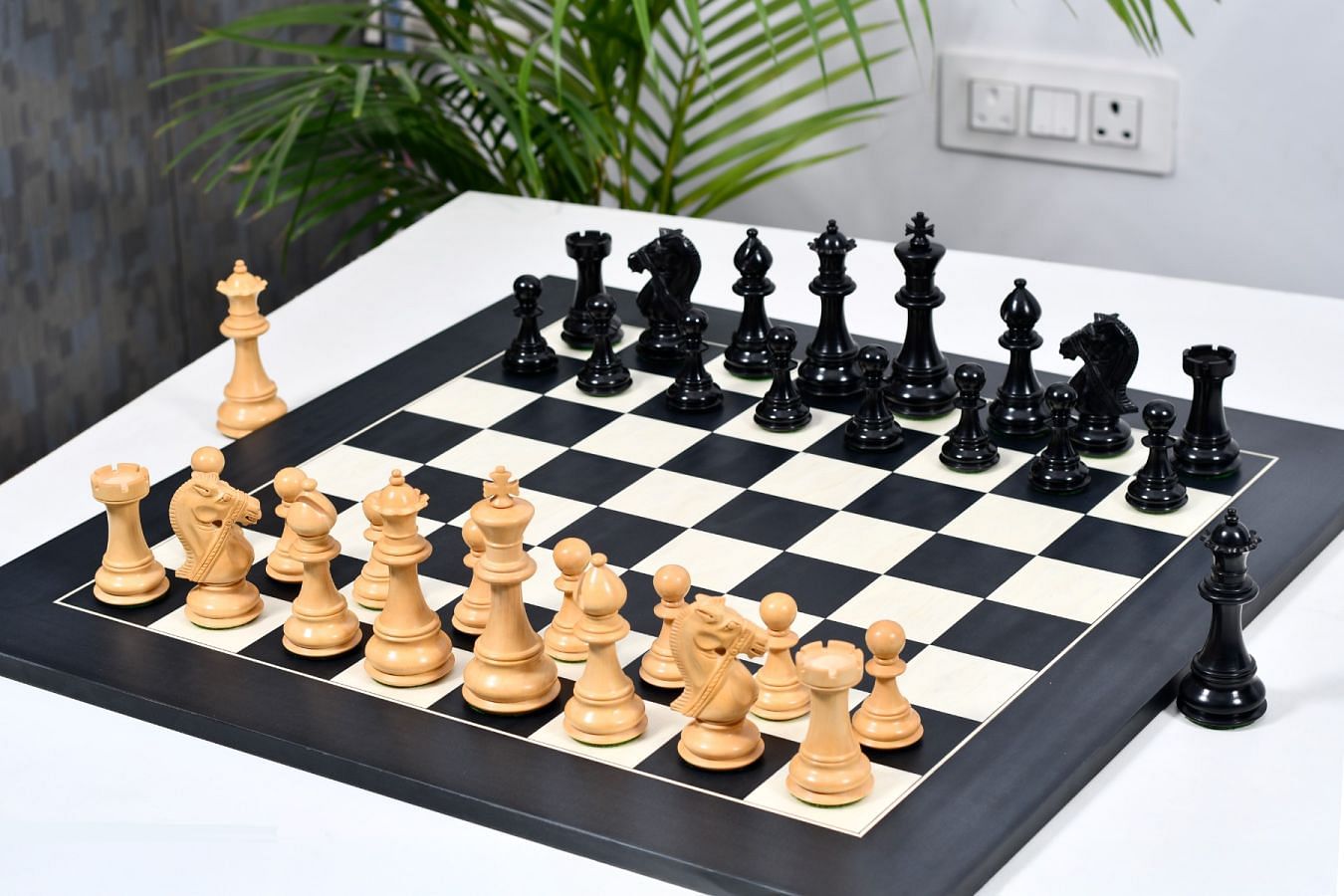All Concerning Chess: Discover the Remarkable History and Methods Behind the Game
Chess, with its beginnings dating back to 6th century India, has actually changed greatly over the centuries. This game has captivated minds worldwide, showcasing the sparkle of legendary gamers like Garry Kasparov and Bobby Fischer. Recognizing the details of chess, from the movements of each piece to crucial methods, exposes its deepness. Yet, the inquiry stays: what drives the withstanding fascination with this old game? Discovering its history and methods may reveal much deeper insights.
The Beginnings of Chess: A Trip Via Time
Although the precise origins of chess continue to be unpredictable, historical proof suggests that the game progressed from earlier strategies played in India around the 6th century. Called Chaturanga, this early kind of chess featured pieces standing for infantry, cavalry, elephants, and chariots, reflecting the army strategies of the moment. As Chaturanga spread via trade courses, it adjusted to different societies, causing the creation of Shatranj in Persia. This alternative introduced new regulations and piece activities, laying the structure for contemporary chess.
Chess Prodigies: Significant Numbers in the Game's Background
Throughout chess background, amazing natural born players have arised, forming the game's landscape and inspiring future generations. From famous champs who controlled the boards in their time to modern-day abilities redefining the limits of young people and ability, these players have actually made indelible marks on the sport. Their tales highlight not just specific radiance however likewise the advancing nature of chess as a competitive endeavor.
Famous Chess Champions
Chess has been shaped by the brilliance of many famous champs whose payments have left an enduring mark on the game. Numbers like Garry Kasparov, known for his dynamic style and unrivaled calculated deepness, dominated the chess world throughout the late 20th century. Anatoly Karpov, his competitor, showcased extraordinary positional understanding and emotional prowess, securing several globe titles. Bobby Fischer, an American natural born player, changed chess with his unmatched talent and intense emphasis, finishing in his 1972 World Championship victory. Additionally, José Raúl Capablanca's natural capability and endgame mastery established new standards in the early 20th century. These champions not just mastered competition but likewise motivated generations, forming chess right into an international sensation celebrated for its intellectual rigor and virtuosity.
Modern-Day Prodigies
What makes a chess prodigy really impressive? The capacity to comprehend complex approaches at an amazingly young age establishes them apart. Contemporary chess natural born players like Magnus Carlsen, Fabiano Caruana, and Alireza Firouzja have actually captivated target markets with their extraordinary skill. Carlsen, becoming a Grandmaster at simply 13, redefined expectations and rose to World Champ condition. Caruana, understood for his deep preparation and tactical prowess, has actually constantly tested the elite. Firouzja, born in 2003, stands for the new generation, integrating creativity with unrelenting aspiration. These players exhibit a blend of inherent ability, extensive training, and mental stamina, influencing the game's evolution. Their payments assure that chess remains a vibrant and vivid discipline, motivating future generations of players worldwide.
Comprehending the Chessboard: Pieces and Their Movements
The chessboard works as the field of battle where facility approaches unfold, featuring a distinct collection of items, each with distinct motions and duties. Making up 64 squares set up in an 8x8 grid, it is home to the king, queen, rooks, knights, bishops, and pawns. The king, the most crucial piece, relocates one square in any direction, while the queen, the most effective, can traverse any number of squares vertically, flat, or diagonally. Rooks relocate straight lines, whereas diocesans glide diagonally across the board. Knights have a distinct L-shaped motion, leaping over other items. Pawns progress one square however capture diagonally, with the choice to relocate two squares onward on their first move. Each item's movement contributes to the complex dancing of technique and methods, making the chessboard a vibrant phase for intellectual fight. Recognizing these activities is basic for players aiming to navigate the intricacies of the game.

Necessary Methods for Beginners: Tips to Enhance Your Game
Grasping the movements of chess items prepares for developing effective strategies. For beginners, concentrating on controlling the center of the board is important. This enables higher mobility and influence over the game. Establishing items early, instead of moving the very same item several times, can aid establish a strong placement.
In addition, players need to prioritize king safety by castling early, ensuring the king is put away from hazards. Acknowledging tactical chances, such as forks, pins, and skewers, can give advantages in material gain. It is additionally important to plan ahead; anticipating an opponent's relocations promotes much better defensive and offending play.
Lastly, keeping a balanced method between hostile and protective methods can avoid unnecessary blunders. By executing these basic approaches, novices can boost their gameplay and build a solid foundation for future improvement in chess.
Advanced Tips: Boosting Your Chess Abilities
In the domain of chess, mastering advanced techniques can greatly enhance a gamer's ability. Acknowledging tactical patterns, mastering endgame strategies, and understanding opening up concepts are vital components that raise one's game. These components not only boost total performance but also foster much deeper calculated thinking.

Tactical Patterns Acknowledgment
Acknowledging tactical patterns is essential for elevating chess abilities to a greater degree. Gamers who understand these patterns can determine possibilities for tactical maneuvers, boosting their chances of success. Common patterns include forks, pins, skewers, and discovered attacks, each offering tactical advantages when carried out efficiently. Comprehending these motifs allows gamers to anticipate their challenger's relocations and counter them efficiently. Furthermore, examining traditional games can reveal how masters used tactical patterns to secure victories. Regular technique and analysis of one's own games can even more enhance pattern recognition, allowing gamers to react promptly and properly throughout suits. Ultimately, developing this ability transforms the this post strategy to chess, bridging the gap in between amateur and advanced play.
Endgame Techniques Proficiency
Reliable endgame approaches can significantly influence the result of a chess match, often establishing the distinction in between a win and a draw. Advanced players recognize the value of item coordination and the usage of pawns in the endgame. Secret strategies consist of advertising pawns to queens and developing passed pawns that can advance unblocked. Recognizing crucial placements, such as the opposition and zugzwang, is vital for attaining helpful setups. Proficiency of endgame methods, such as king and pawn versus king scenarios, can turn potential losses right into attracts or wins. Players must also concentrate on streamlining the placement when ahead, exchanging items to convert product advantages right into triumph. Continual practice and analysis of endgame positions will raise a gamer's overall chess skills significantly.
Opening Up Principles Recognizing
Understanding endgame strategies lays a strong structure for comprehending opening up principles. In chess, the opening stage is crucial as it establishes the stage for the center game. Chess. Players must focus on control of the center, establishing items efficiently, and ensuring king safety. Reliable openings typically entail moving pawns to establish central prominence while working with minor and major pieces for height task. The concepts emphasize stagnating the exact same item multiple times without necessity and preventing very early queen advancement, which can bring about susceptability. By sticking to these foundational approaches, players can develop a solid structure that improves their tactical chances later in the game. Understanding these opening up principles is vital for boosting one's chess skills and accomplishing success

The Cultural Impact of Chess: Why It Matters Today
Chess, a game with origins mapping back over a millennium, remains to apply a profound cultural impact across the globe. It goes beyond plain enjoyment, serving as moved here a device for education, essential reasoning, and social interaction. Numerous schools integrate chess into their curricula, advertising cognitive development and tactical reasoning amongst trainees. The game likewise fosters inclusivity, bringing with each other diverse neighborhoods and encouraging intergenerational connections.
Chess has actually penetrated popular culture, inspiring literature, films, and even style. Renowned numbers like Bobby Fischer and Garry Kasparov have actually become social signs, showing the game's possibility for personal and national satisfaction. In the electronic age, on-line platforms have even more equalized access to chess, enabling millions to engage with the game. As society faces intricate obstacles, chess continues to be pertinent, supplying lessons in perseverance, insight, and strength, therefore strengthening its relevance in modern culture and everyday life.
Often Asked Questions
How Has Chess Influenced Popular Society and Media?
Chess has substantially affected pop culture and media, showing up in movies, literary works, and art. It signifies intelligence and technique, motivating narratives and personalities while promoting motifs of conflict, competitors, and the human experience.
What Are the Benefits of Playing Chess for Mental Health And Wellness?

Are There Various Chess Versions Played Around the World?
Yes, numerous chess variants are played worldwide, including Bughouse, Chess960, and Three-check chess. Each alternative introduces distinct policies and approaches, supplying players with diverse experiences and difficulties that differ from typical chess.
How Do Chess Engines and AI Impact Modern Chess?
Chess engines and AI considerably improve modern chess by supplying advanced evaluation, enhancing gamer abilities, and affecting approaches. They act as training tools and competition aids, transforming how players come close to the game in all levels.
What Prevail Misconceptions Regarding Chess Athletes?
Typical misconceptions concerning chess players include the idea that they are all introverted geniuses, exclusively focused on approach. Chess. In reality, players vary greatly in individuality, history, and strategy, usually delighting in social communications and varied rate of interests